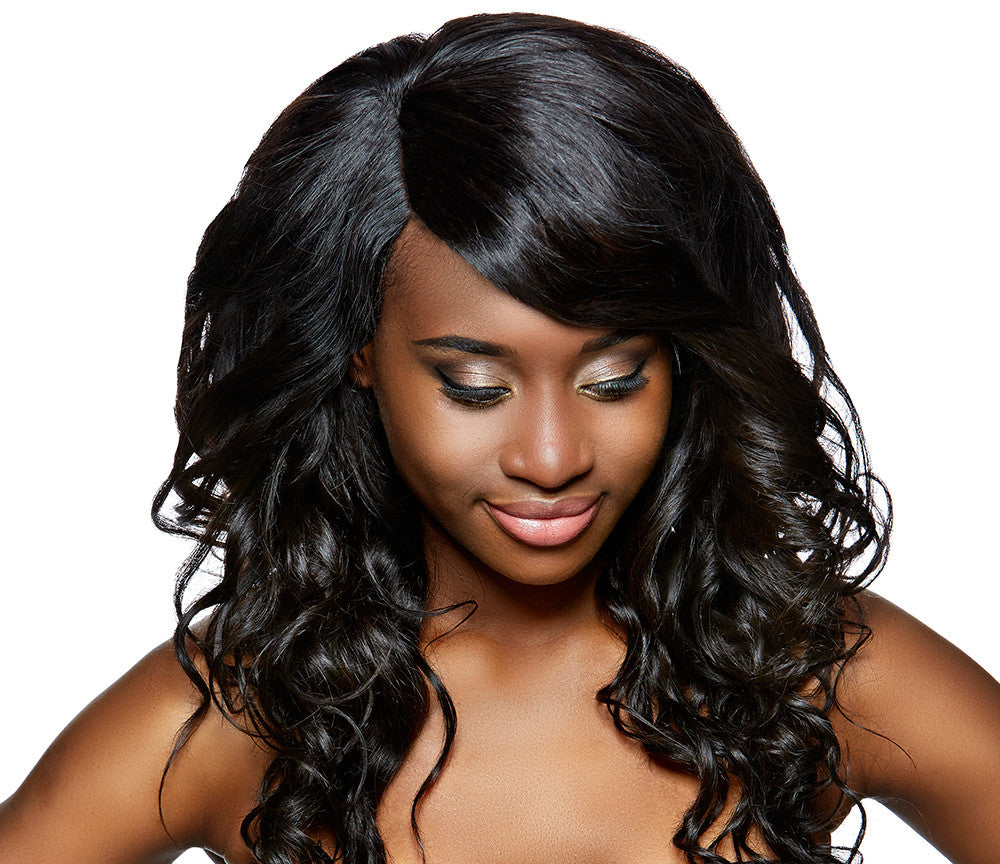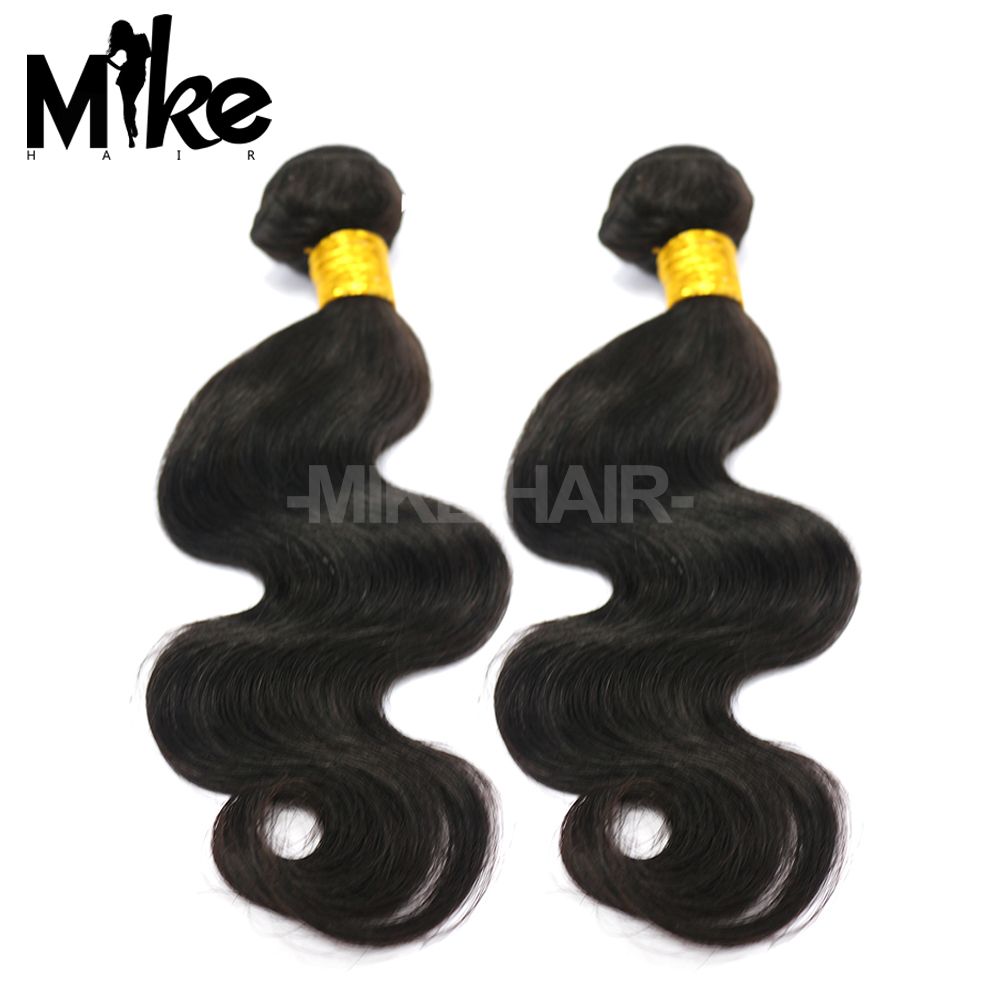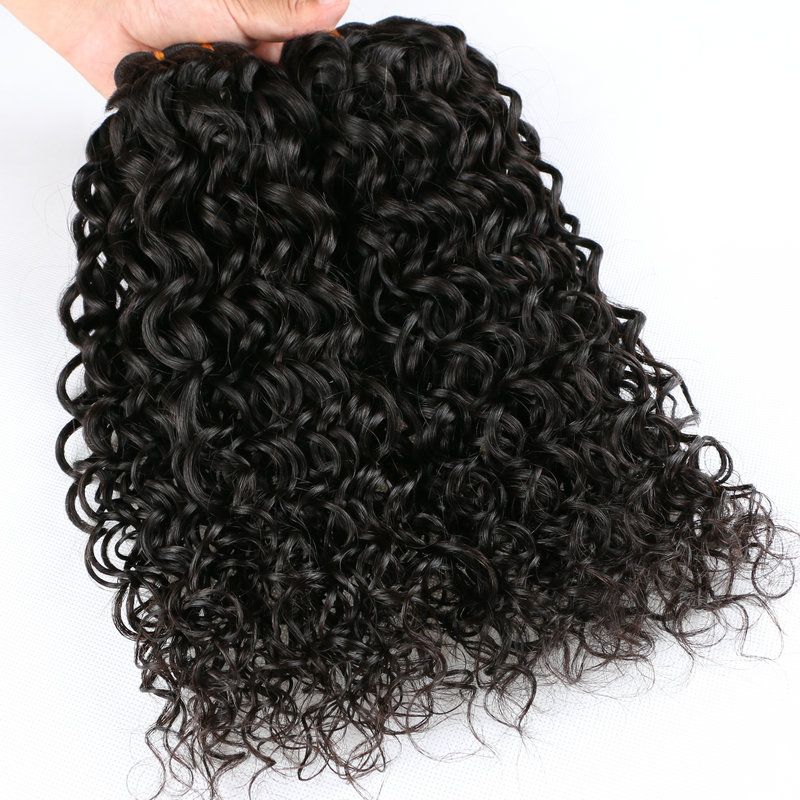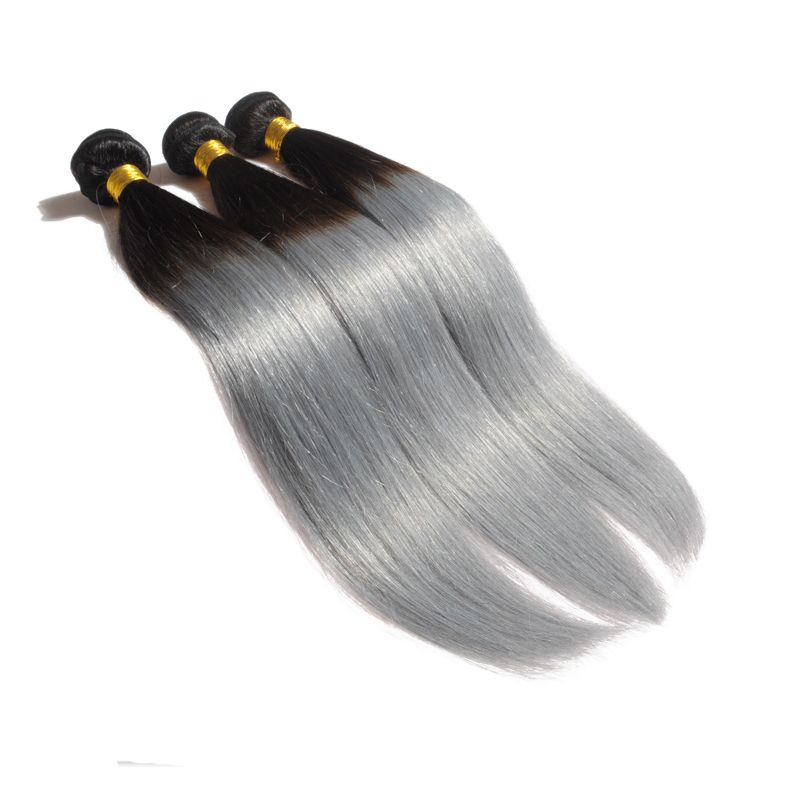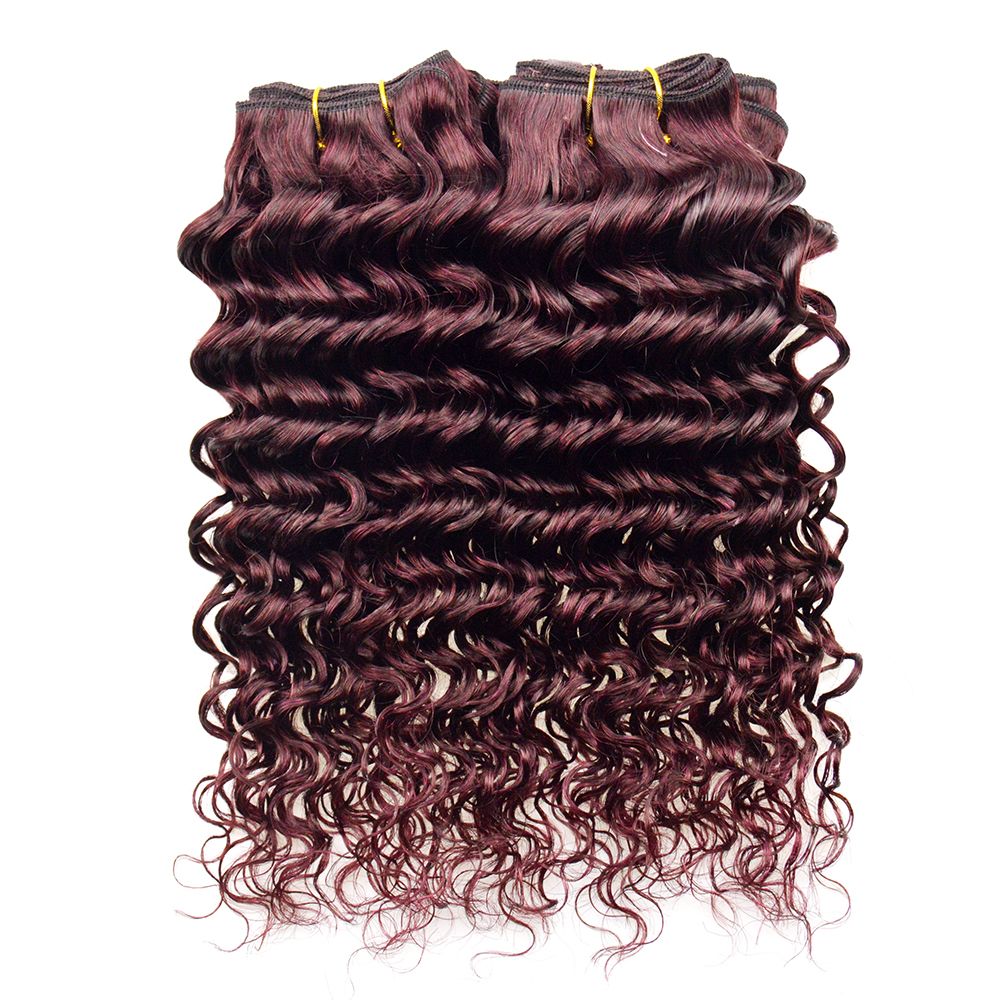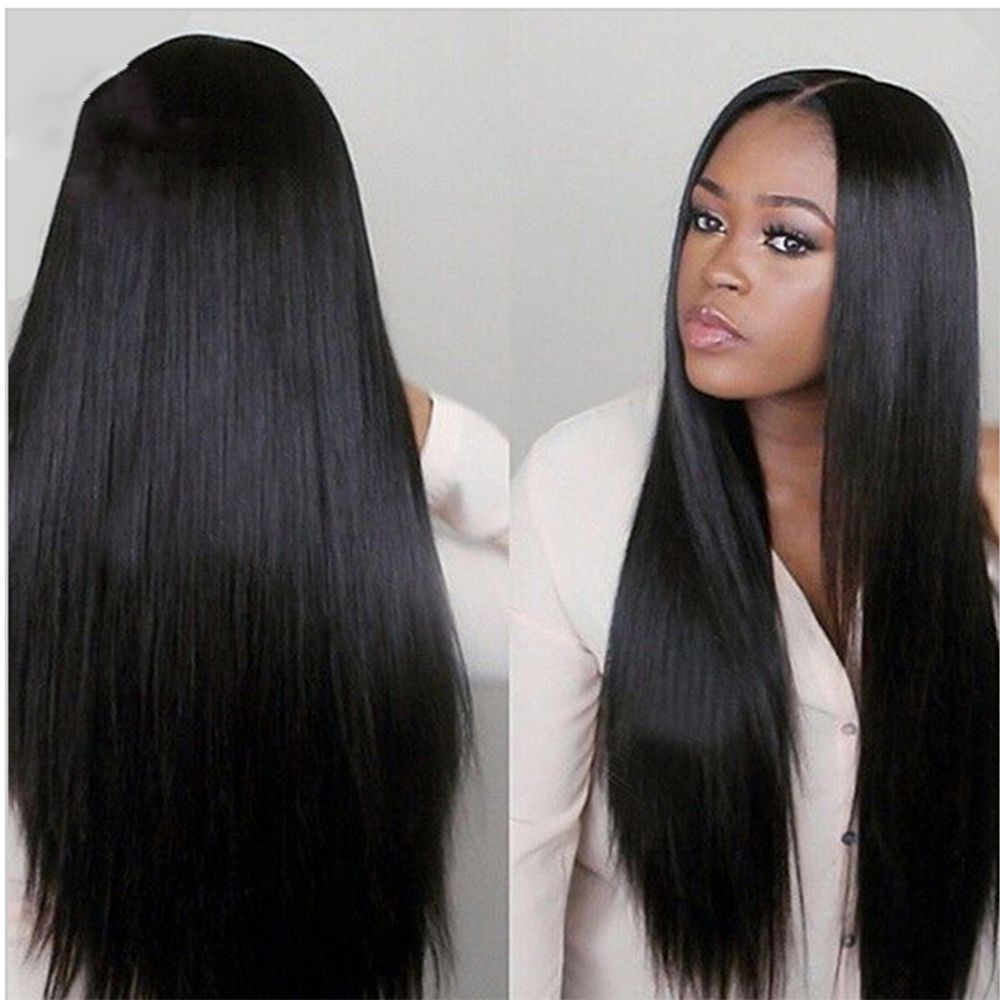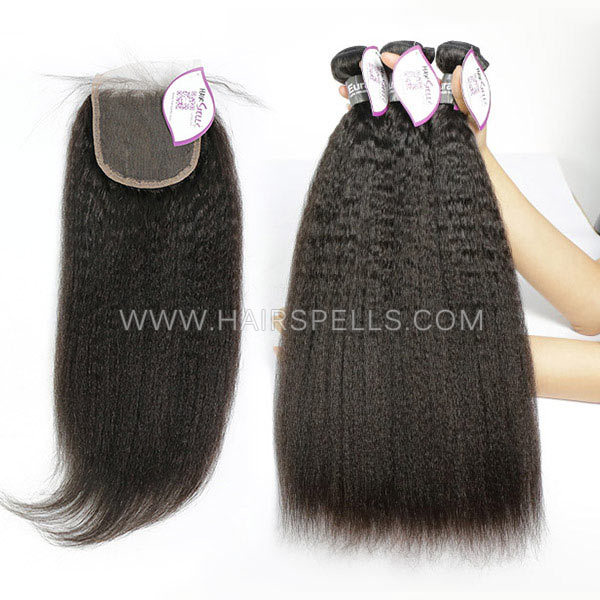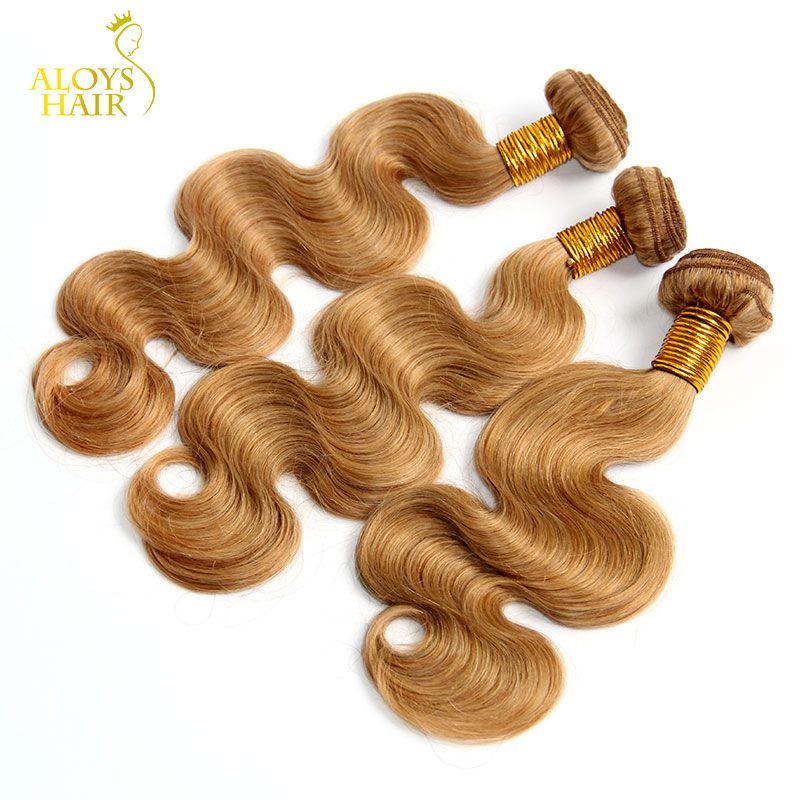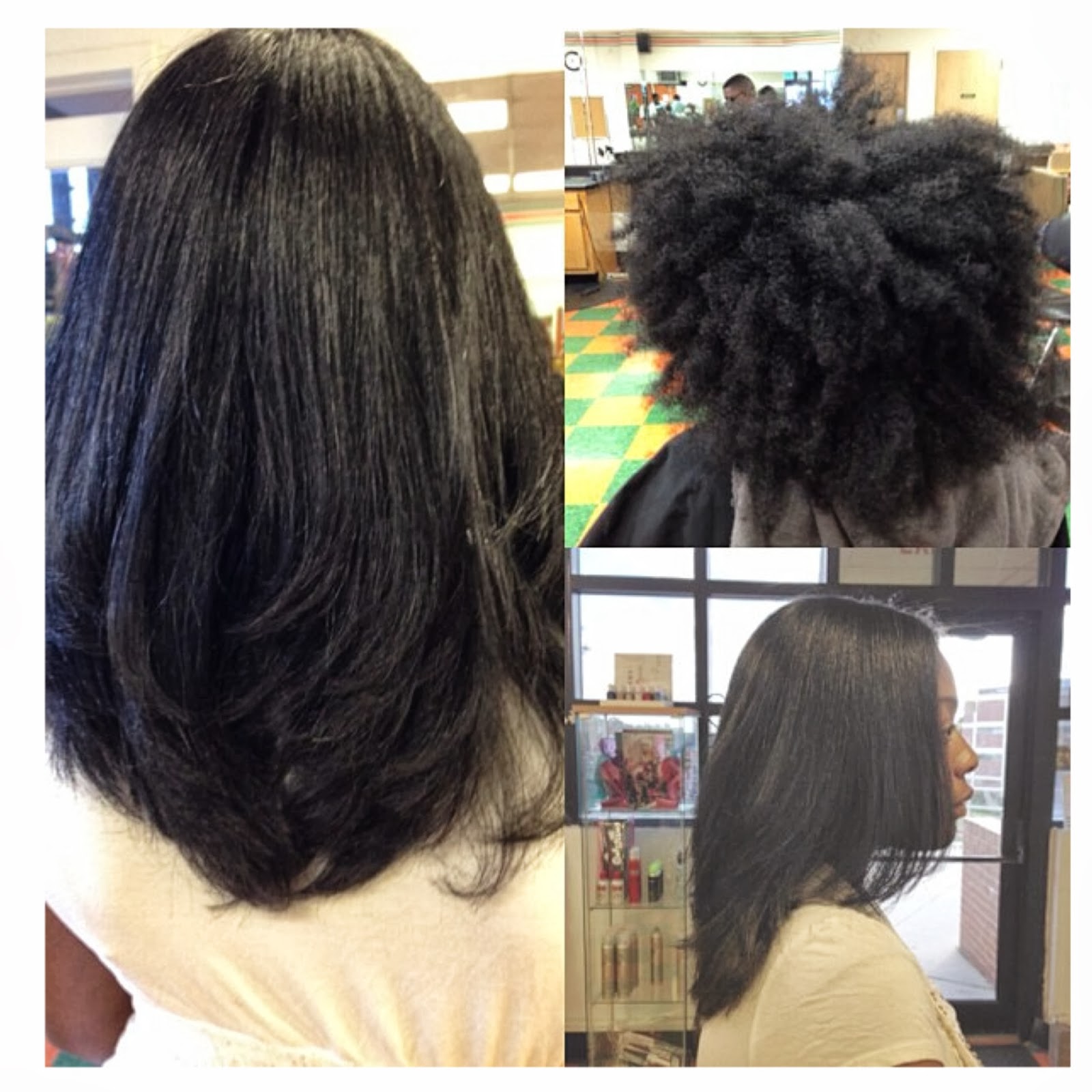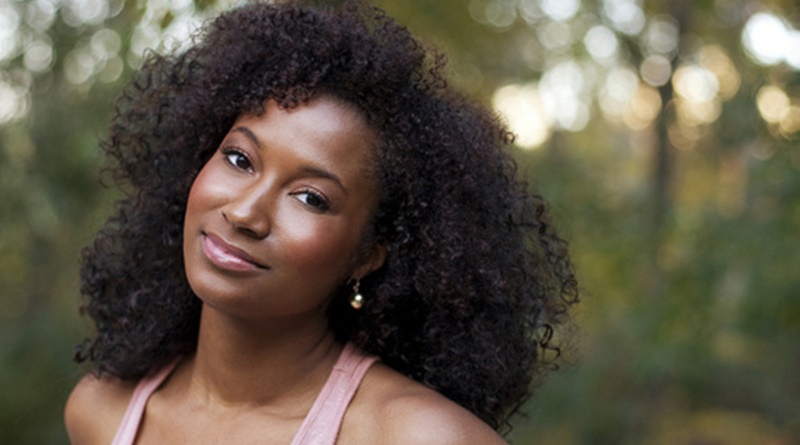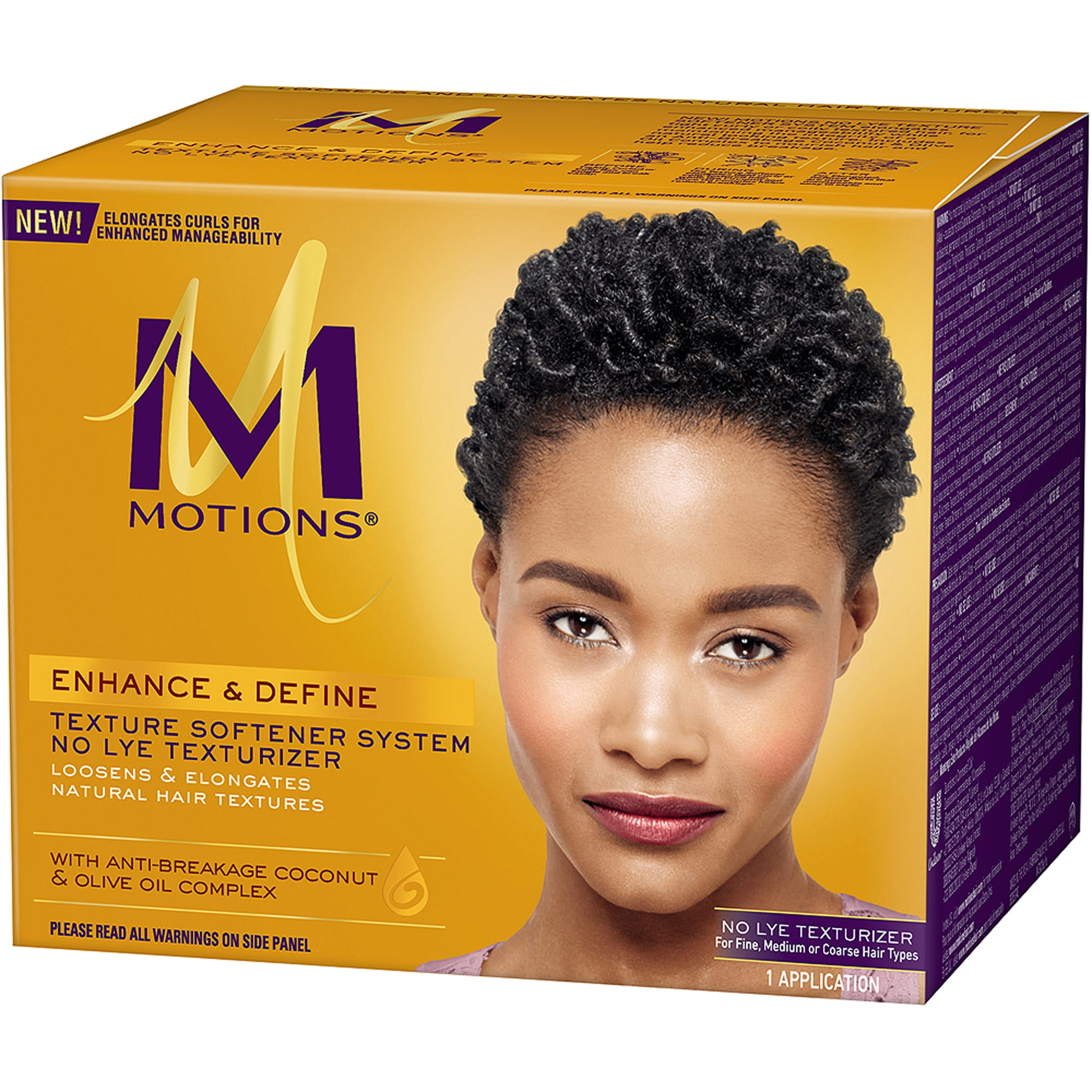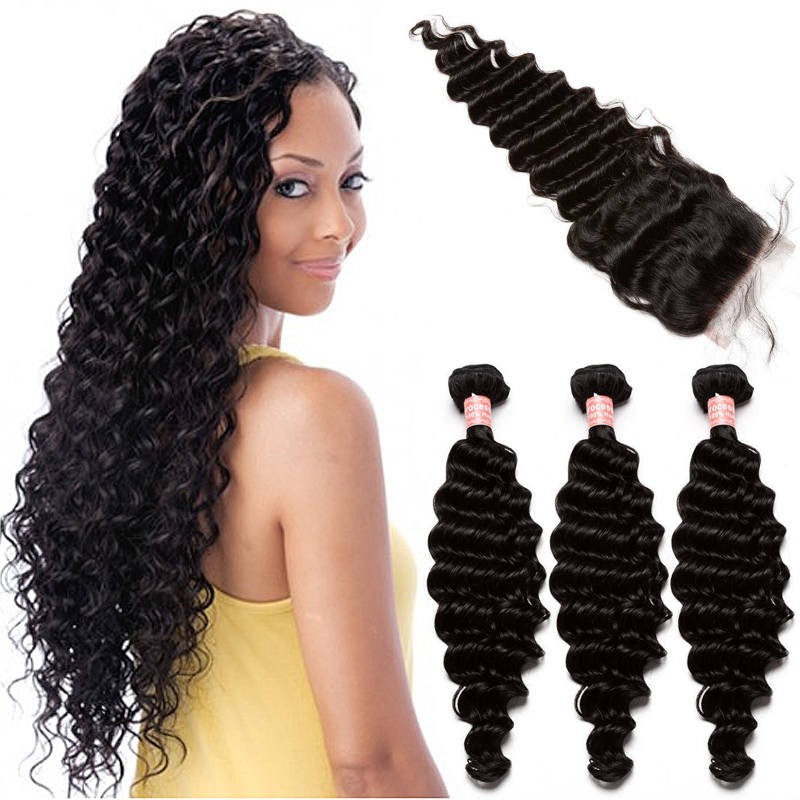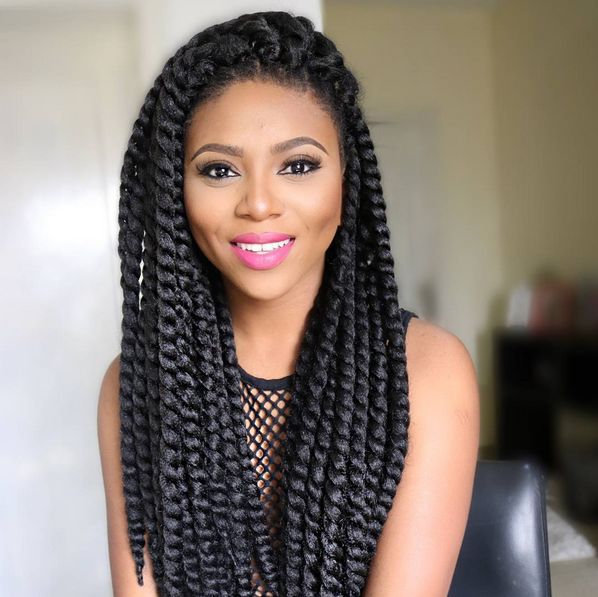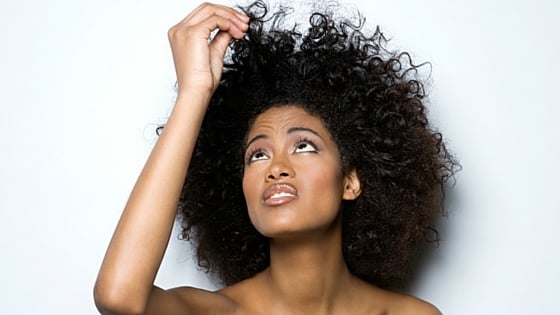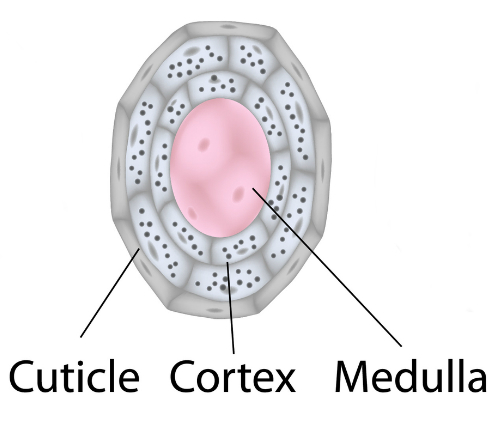What Does Natural Hair Mean to Me?
Love the Curls You’re With: My Natural Hair Story
Have you ever heard the phrase natural hair ain’t for everybody? Well, if you’re like me, that might’ve made you feel some type of way. The same way you might feel if you get a little disappointed when you’re scrolling through Pinterest and all of the adorable hairstyles are for every texture but yours. Why can’t I get my twist out to look like hers, or what can I do to stretch my curls for more length like that? Curl insecurity is not exclusively your skeleton in the closet, girlfriend. It happens to all of us.
The Natural Hair Movement is all about positivity and black joy, but sometimes we too can be guilty of promoting unhealthy standards and comparisons when we should just be celebrating ourselves as we naturally are. It took me a while to come back to that. This is my story about figuring out what natural hair means to me.
Have you ever had curl-xiety? Tell us why, sis. Share on XWhy Did I Go Natural?
I have been natural for about 7 years now. Most of our favorite naturalistas have fabulous stories about when they first became natural, and some women ever celebrate with naturalversary parties! But even if you aren’t on that extreme, you probably do remember when you first decided to join the club.
When I first transitioned, I was a college junior, and I wish I could tell you I had glamorous reasons to do so.
- I was broke, and perms every two weeks were hitting my pockets.
- I had just become a member of a sorority, and a lot of my new sisters had beautiful natural hair.
- I wanted to go swimming more over the summer.
Any of those would do. But I do remember choosing to transition over The Big Chop because I was afraid of what people would think of me. That’s the moment my curl insecurity began to show. I started asking questions like What if my head is too big? What if it never grows back? What if someone thinks I look like a boy? At the time, all of those things mattered. I doubted almost every part of my transition.
Until, I finally started ditching the what ifs and embracing the beauty and spontaneity my hair gave me every day.
What Do I Love Most About My Natural Hair?
I love that being natural to me means listening to what my hair needs from me. My natural hair indeed does have a mind of its own. Still, when I really started to love my curls, it was because I realized my hair was in its element.
When it was humid, it frizzed.
When it rained, it thrived.
When it was scorching hot, it was super thirsty.
I couldn’t ignore what my hair needed just because I wanted to rock a cute look. At the end of the day, your curls should be as strong and vibrant as your look. Adding one or two steps to your routine to keep your natural hair healthy and happy won’t even take too long.
- Finding a moisturizer that fits your unique hair type can be super easy.
- Massaging your scalp feels great, and it stimulates growth.
- Covering curls with a satin bonnet EVERY NIGHT will save a life!
Listening to my hair, and what it needs is my favorite part about being natural. When I want to rock a wash and go, I can give my hair a nice little refreshing start over. When I want to prolong a blowout, I can rock a gentle protective style.
I didn’t learn my haircare rituals overnight. It took me almost as long to find a wonderful moisturizer as it did for me to transition! Listening to my hair, and not being ruled by it have been wonderful for me. My reasons for loving my natural hair may be similar or even completely different from yours, but we’ve got one thing in common: the love for our curls is strong.
What do you love about your natural hair? #curlylivesmatter #loveyourcurls #ilovemynatural Share on XWhat Tips Do I Have For People Thinking About Going Natural?
My first tip is to completely ignore anyone who says natural ain’t for everybody. Of course it is; being natural just means you are being who and what you naturally are. No matter what your curl pattern is, or how fast you get and retain length, your hair should be your crown. And crowns do not come one size fits all!
My second tip is to find hair care products, hair stylists, routines, protective wear, hair tools, and styles that match your personality and individual hair needs. Being natural can make life spontaneous and fun.. Don’t make routines and treatments into work. Everytime I deep condition, I celebrate my curls!
In the end, natural hair means so much to me. I celebrate each year–minus the naturalversary party–and I love every moment of it!
Natural hair is a movement. Natural hair is love. But what does it mean to you? Share on XWhat does natural hair mean to you? Let us know in the comments section.
Black Hair Spot is the number one place to ask all your burning questions about black hair. We are a community of women dedicated to educating, entertaining, engaging, equipping, and empowering women to love their hair as much as we love ours! To learn more about us, contact us!





